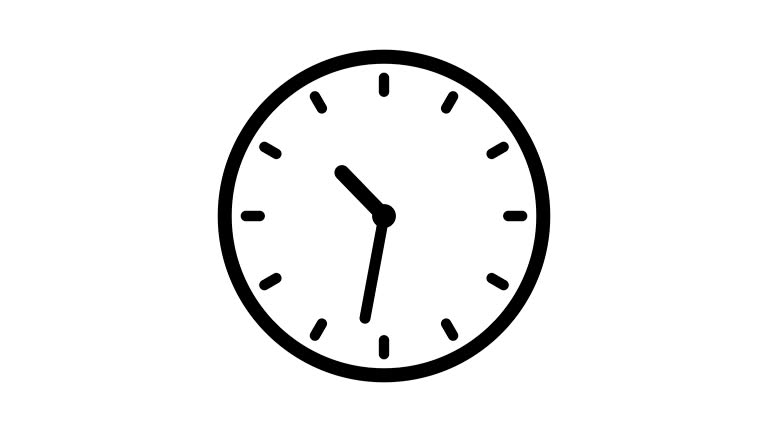Process guide of using Altegra tact timer
In this article we are going to show you how Altegra tact timers can be used. One of the uses is the calculation of food production time.
Activity - soup cooking.
In this activity, tact timer counts required time to produce soup. Using this device different time intervals can be estimated. For example using our tact timer, different work process duration can be calculated to produce various food products.
For example, if the worker needs to finish the soup on a set time interval, our tact timer can help you and provide accurate work rate readings. When worker needs to know actual value of the cycle time, tact counter can provide it in a user-friendly form.
Also, our tact timer can show information for the user about elapsed lead time. For example, if there is a need to capture time between start manufacturing process and finish of it, this can be done using our time count device and calculate the entire lead time.
What is Takt Time?
Takt Time definition can be explained as the rate at which you need to work and finish the production process in order to meet customer demand.
Let’s look at a example, to illustrate this:
If one customer buys 1 product every 2 hours, then you have 2 hours to finish 1 product — 2 hours is your Takt Time. In line with that, finishing 1 product every 2 hours is your takt rate.
Knowing your Takt Time will help you optimize your production process in such a way that you meet the realistic customer demand — if you follow your expected takt rate, you won’t make less or more products that you actually need.
How to calculate Takt Time?
There are two components that should be important for your Takt Time calculation:
- Your Net Production Time (NPT)
- Your Customer Demand
The Net Production Time (NPT) is the clean time of your team that has at their disposal to finish a product. To calculate your NPT, you can subtract the time your team spends on downtime (lunch breaks, other breaks, meetings, machine maintenance…) from the total time your team spends at work. That’s how the formula usually goes.
But, it would be better if you be able to track only the clean time you spend on the production process. You can use our tact device to track your Net Production Time for a product and separate it from your downtime. Now, tracking the time you spend on downtime may not be crucial for your Takt Time calculations, but it can be useful on its own — you may find that you wasting too much time, that you could be putting to better use.
Your Customer Demand is the number of products that your customers buy on a regular basis. Your customer demand is counted on a daily basis.
Here is the formula for you how you can calculate the Tact time:
Takt Time = Net Production Time/Customer Demand
This formula is quite simple. But your calculation will be more complicated if your company produces several different products, each with its own customer demand. In such a case, you’ll need to divide your day across different production processes or create separate teams for each type of product.
Takt time example
For example, you produce soup and you want to know how to calculate the Takt Time for work team in your factory (if we can say that you have people groups working for you). Let's say, that team needs to manufacture 100 soup bowls during a 10-hours shift. And, your time tracking results using tact counter show, that your team spend 9 hours of 10-hours shift working on food product manufacturing.
According to this, tact timer device can calculate further parameters of the manufacturing process:
for example, tact timer shows that your team spend 550 minutes working on manufacturing process.
So, the device can calculate daily customer demand, which is equal to 55 soup bowls.
so takt time can be calculated using this formula:
Takt time = Net Production Time / Daily Customer Demand
Takt time = 550 minutes / 55 soup bowls = 10 min.
According to this calculation, you can expect, that your team make one soup bowl per 10 minutes or 600 seconds in order to meet the customer demand.
Speaking about cycle time, it’s the time it takes to get you to complete the production process of one product, producing it from start to finish. We can imagine that time as throughtput time.
This time is the number of fully manufactured products in the production process during a specific period of time.
It can be said that Cycle Time is the unit of the numbers you produce in the production process during a specific period of time.
For example, during a specified period of time you produce 6 units — 6 units per 60 minutes, this is your Throughput Time. We can further conclude that it takes you 10 minutes to produce one unit during that 60 minutes (6 X 10 = 60) — 10 minutes per product, this is your Cycle Time.
We offer you a device which simplifies work and helps to monitor work tasks and allows you to monitor the efficiency of work performance.




